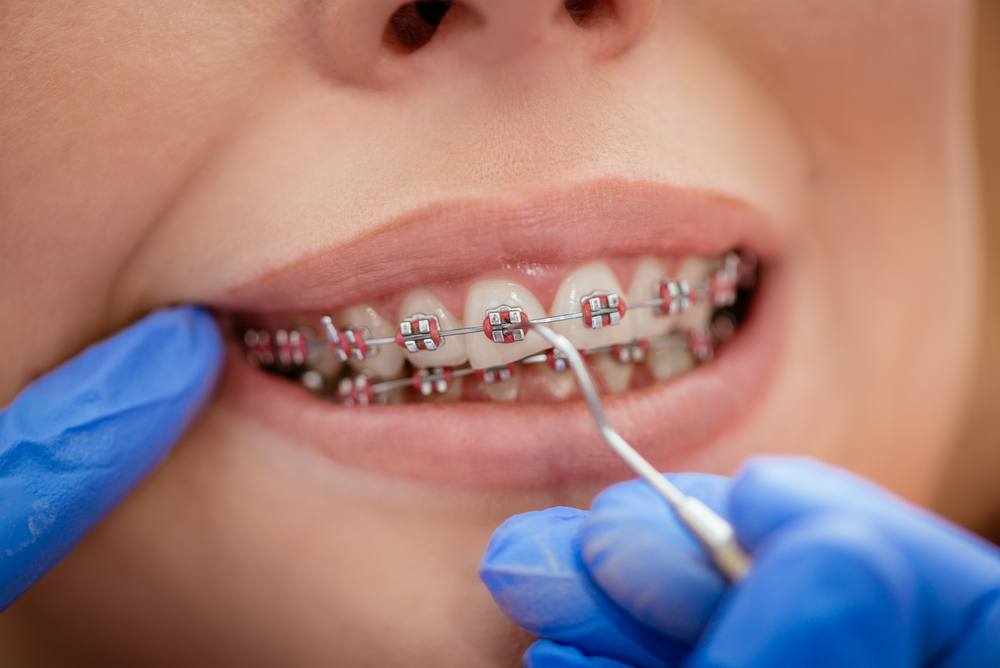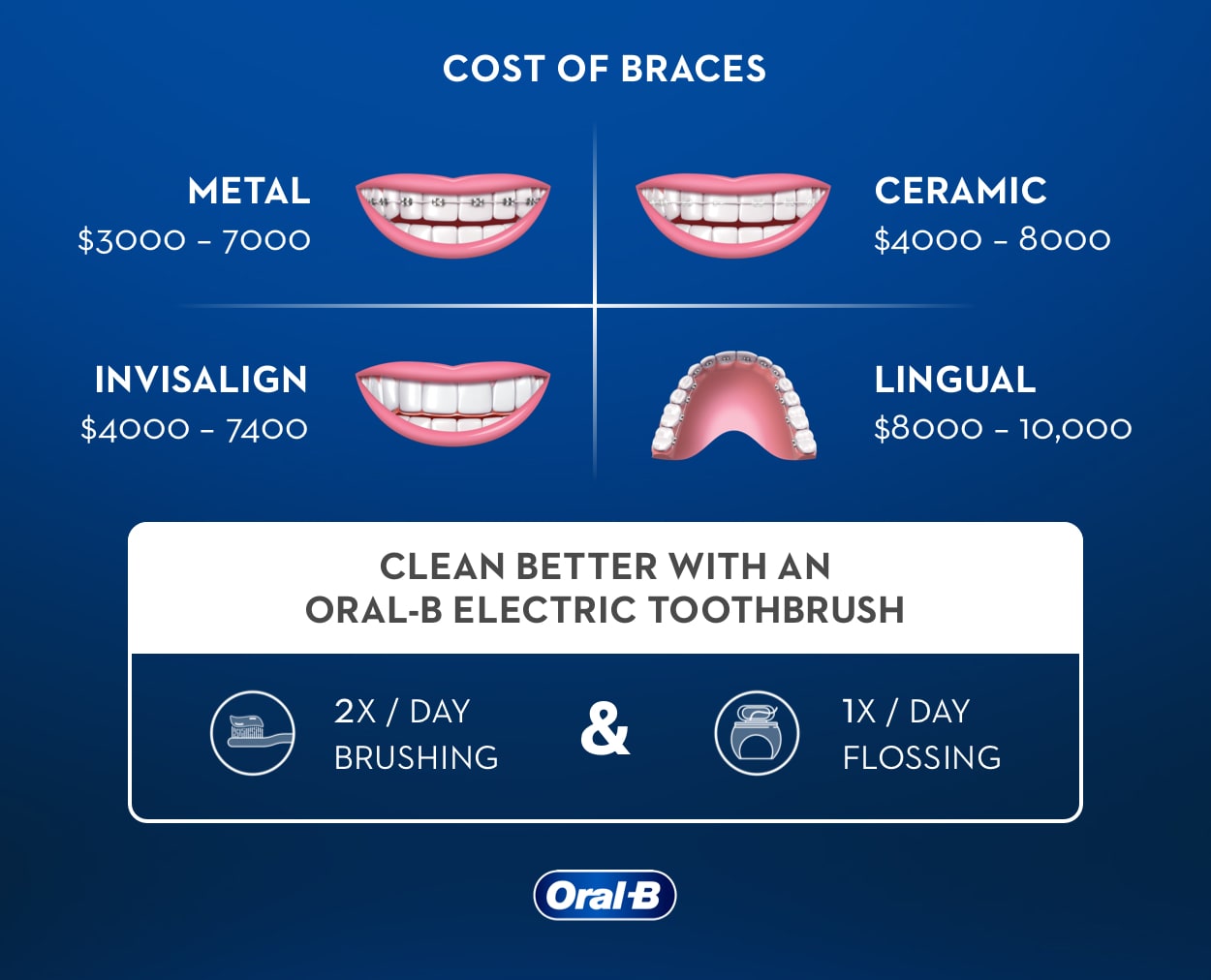How Cumming Orthodontics Addresses Common Braces and Invisalign Concerns
How Cumming Orthodontics Addresses Common Braces and Invisalign Concerns
Blog Article
Comprehensive Guide to Orthodontics Procedures for Correcting Oral Misalignments
Comprehending the intricacies of each treatment, including their devices, benefits, and potential drawbacks, is crucial in making notified choices concerning one's orthodontic treatment. As we browse via the comprehensive overview to orthodontic procedures for dealing with oral misalignments, the elaborate details of each technique will unravel, dropping light on the course toward a harmonious and useful oral placement.
Orthodontic Procedures Summary

In addition to conventional braces and clear aligners, orthodontists may also suggest other interventions like headwear, palatal expanders, or retainers to attend to particular alignment concerns (orthodontics). These procedures are customized to every patient's one-of-a-kind needs and might entail a combination of treatments to attain the desired results. Normal adjustments and surveillance are important parts of orthodontic treatment to guarantee development gets on track and to make any needed modifications along the road. By undertaking orthodontic procedures, individuals can not just attain a straighter smile but also improve their total dental health and feature.
Typical Dental Braces: Just How They Work
When thinking about orthodontic treatments for dental misalignments, conventional braces stand out as a tried and true technique for remedying teeth placing. Conventional dental braces are composed of braces, cables, and bands that work with each other to use constant pressure on the teeth, progressively moving them into the wanted alignment.
As stress is used to the teeth through the braces, the bone bordering the teeth is improved to support the new tooth placements. People will require regular adjustments at the orthodontist's workplace to ensure the dental braces proceed to use the right stress for effective teeth motion.
Unnoticeable Aligners: Disadvantages and pros
Undetectable aligners offer a discreet and convenient option to typical dental braces for dealing with oral misalignments. These clear, customized trays are virtually invisible when worn, making them an appealing option for people looking for an extra aesthetically pleasing orthodontic therapy. Among the key advantages of unseen aligners is their removability, allowing for less complicated maintenance of oral hygiene compared to typical dental braces. People can eliminate the aligners before consuming or brushing their teeth, minimizing the risk of food obtaining embeded the appliance and streamlining the cleansing procedure.

Surgical Orthodontic Options
Surgical treatments in orthodontics existing viable options for attending to intricate oral imbalances that may not be efficiently settled through conventional orthodontic treatments. While standard dental braces and invisible aligners can remedy several orthodontic concerns, certain situations require medical intervention to achieve ideal outcomes. Surgical orthodontic options are normally advised for severe malocclusions, substantial jaw disparities, and instances where the underlying bone framework needs alteration to attain proper positioning.
One typical surgical orthodontic treatment is orthognathic surgical procedure, which entails rearranging the jaws to deal with functional concerns such as trouble chewing or talking. This surgical procedure is often done in collaboration with an orthodontist who aids align the teeth before and after the treatment. Surgical orthodontics might also entail procedures to subject influenced teeth, eliminate excess gum cells, or reshape the jawbone to develop a much more harmonious face profile.
Before taking into consideration surgical orthodontic options, patients go through a thorough evaluation to figure out the need and prospective advantages of such interventions. braces. While surgery might seem difficult, it can considerably enhance both the feature and looks of the smile in cases where traditional orthodontic therapies fail
Retainers and Post-Treatment Care

Failing to conform with post-treatment treatment instructions can result in regression, where the teeth gradually relocate back towards their initial positions. Constant retainer wear, good dental hygiene, and routine oral examinations are important for preserving the results achieved with orthodontic surgical treatment and guaranteeing the long-term security of the fixed oral alignment.
Conclusion
In conclusion, orthodontic procedures provide numerous choices for fixing oral misalignments. Surgical orthodontic options are readily available for much more severe misalignments. On the whole, orthodontic treatments can efficiently improve oral wellness and visual appearance.
As we browse via the detailed overview to orthodontic procedures for correcting dental imbalances, the intricate information of each approach will certainly unravel, shedding light on the path toward a unified and functional dental alignment. - braces
One of the most common orthodontic therapies is the use of braces, which are composed of metal brackets and wires that apply mild stress to progressively move teeth right into the wanted setting.When taking go to these guys into consideration orthodontic treatments for dental imbalances, typical dental braces stand out as a tried and true method for fixing teeth placing. Additionally, invisible aligners may not be suitable for intricate orthodontic concerns that call for more substantial teeth motion, as they are commonly suggested for mild to moderate cases. Retainers are custom-made orthodontic tools developed to hold teeth in their dealt with placements after the conclusion of orthodontic treatment.
Report this page